All about paving 3D tiles
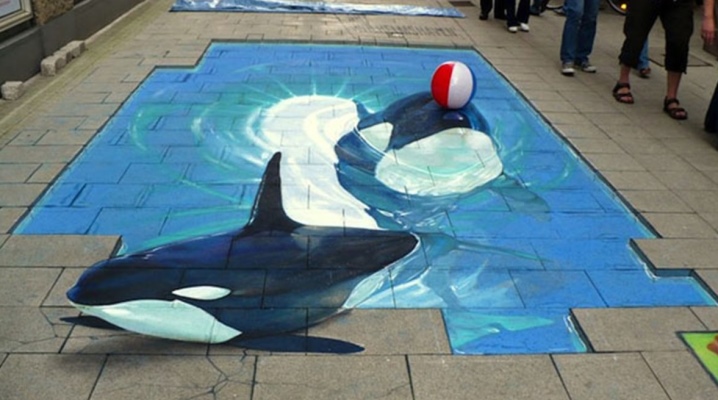
Paving slabs with a 3D effect are a relatively new word in the design of the urban landscape. It not only looks original and non-standard - it is also much more environmentally friendly. Such tiles are more and more often used to decorate squares, boulevards, parks and alleys.
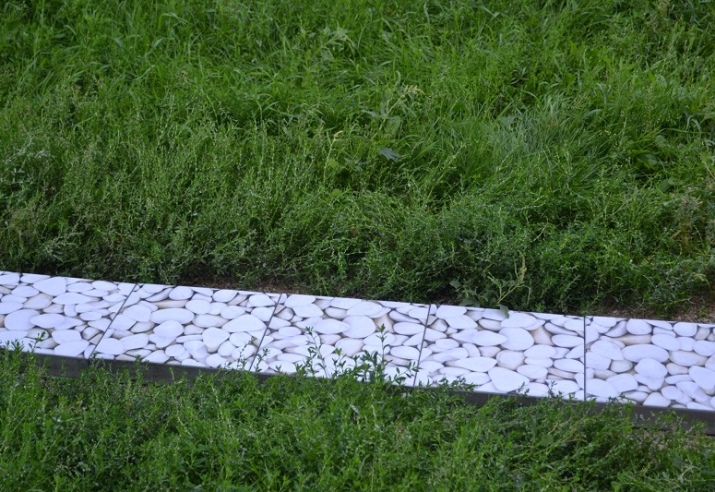
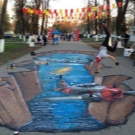
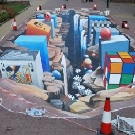
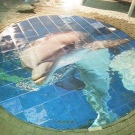
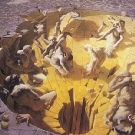
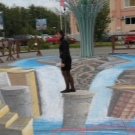
Advantages and disadvantages
Paving slabs, which have a three-dimensional effect, have many advantages.
- It is highly environmentally friendly. It contains exclusively natural ingredients. If we talk about dyes, due to which a three-dimensional pattern is created, they also lack toxins, and they are absolutely harmless to humans and animals, which makes it possible to use them in a huge number of places.
- It is strong and durable has a long service life, is poorly susceptible to wear from constant mechanical stress (walking, friction, sweeping, vehicle tires, etc.).
- It can be used in humid places. It does not lose its technical qualities and attractive appearance under operating conditions in a temperature "fork" from -45 to +50 degrees.
- Not subject to fading, does not change its color even where it is constantly exposed to direct sunlight.
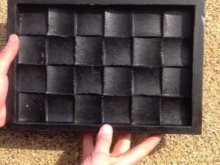
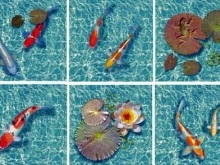
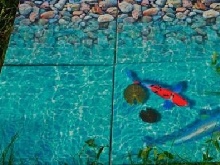
The main disadvantage of such a tile (and, one might even say, its only drawback) is the high price. Firstly, expensive high-tech equipment is used to manufacture this type of coating. Secondly, natural materials and non-toxic paints cost a lot more than synthetic and toxic ones.
Both of these factors affect the rise in the cost of the final product. For comparison: a square meter of ordinary paving slabs costs approximately $ 8-8.5, and with the application of a 3D coating - $ 50-150 (depending on the complexity of the drawing).
In addition, if slabs with a 3D effect are laid, then it must be borne in mind that they cannot be cut in the process. They are laid out differently. In addition, the installation should be done on a perfectly flat concrete poured surface.
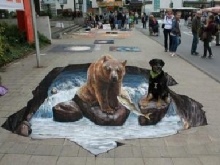
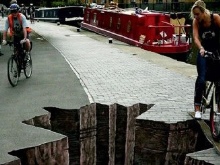
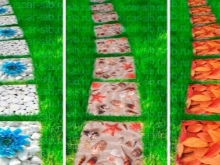
How do they do it?
Paving slabs, on which a three-dimensional image is subsequently applied, is made in one of three ways.
- Vibration casting. Cement and sand are mixed with water, after which the mixture is poured into special matrices, which are fixed on a vibrating table. When the mixture hardens, it is removed from the dies and dried until completely dry.
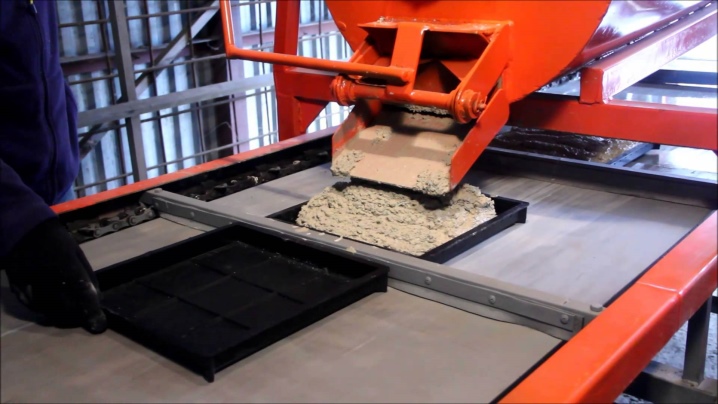
- Vibrocompression. This method requires press dies. A half-dried mixture of sand and cement is placed in them, the matrices themselves are fixed on a vibrating machine. Further, the composition in the press dies is influenced by a piston, the piston pressure is very high. In addition, the matrices are subjected to additional vibration simultaneously with the action of the piston, this is necessary in order for the mixture to become denser.
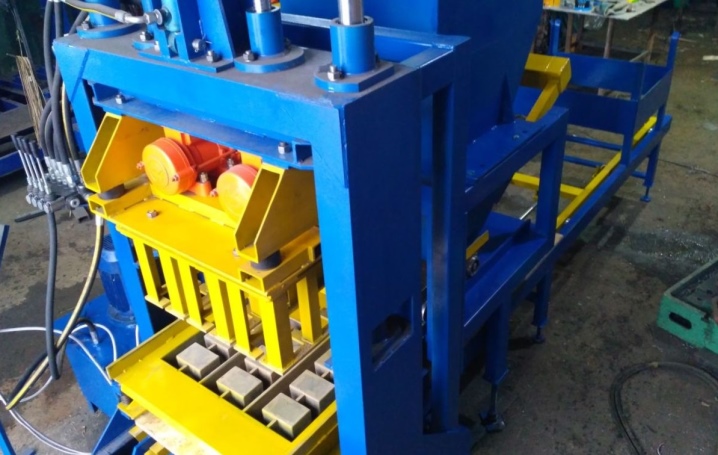
- Hyper pressing. This method is similar to the previous one, except that the mixture in the matrices is influenced only by pressure - no vibration is applied.
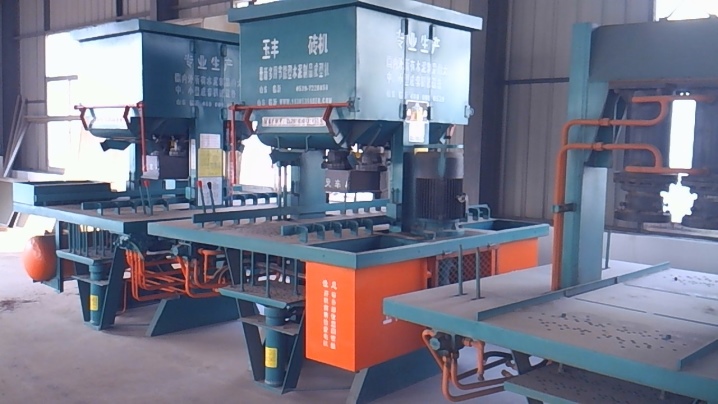
To obtain paving slabs, which will subsequently be applied with an image with a three-dimensional effect, a high-quality mixture of cement and sand is always used.
Options for creating a 3D effect
In order to apply a 3D image to a tile, two methods are used.
- Flexographic printing. This will require a photopolymerizing base; it requires paint or rubber.The volume in the image will be achieved due to the fact that contrast, shadows and highlights are used in the background: light or dark. Thus, the pattern acquires volume and looks realistic. The cost of this technology is low, and the result is a tile that lasts a long time and looks attractive throughout its entire service life.
- UV printing is much more expensive. A full color image is applied to the tile. It differs from the flexographic printing method by its higher quality of color rendering. This is achieved through a wider range of tones and midtones, as well as highlights.
After the drawing is applied, finishing is needed. Its essence is that a pattern that has already been applied to a tile is filled with a highly transparent polymer mixture, sometimes a composition that is resistant to temperature changes is used. Epoxy resin is used for it. This layer is then compacted and leveled, after which the final treatment is carried out with air, which is directed by means of a jet by means of high pressure. It can also be cold liquid.
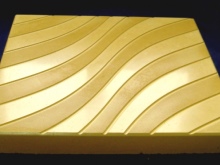
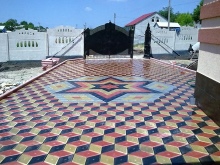
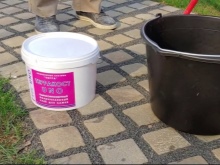
Installation features
To lay paving stones on which a three-dimensional image is applied, an even and solid dry foundation is required. The percentage of maximum humidity that is acceptable in this situation is 5. It can be an asphalt or concrete base. The mixture should be dry or ready-made glue.
The work is being carried out consistently. First, the base must be carefully prepared.
After that, a preliminary layout of the tiles is made, no glue is used. This way you can find out if the unity of the pattern is broken and if the tiles need to be cut.
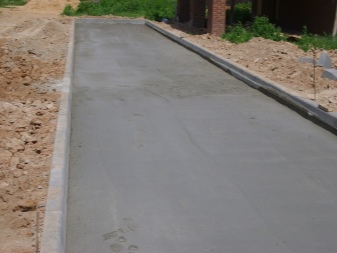
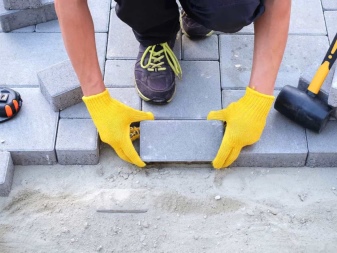
Next, they are laid using an adhesive composition. The alignment of the tiles on the composition takes place using a tool such as a mallet. If the tile is uneven, you can put a mixture under some elements using a trowel. The horizontality is checked with a level, it is optimal to do this every three rows.
The base of asphalt or concrete is very dense, it does not allow water to pass through. Therefore, it is necessary to slope the surface so that melt or rainwater can drain off calmly without damaging anything. Laying the elements should be as tight as possible so that the resulting seams do not harm the 3D effect. The adhesive must not get on the face of the tile. Once the glue has got on it, it must be removed as soon as possible.













The comment was sent successfully.